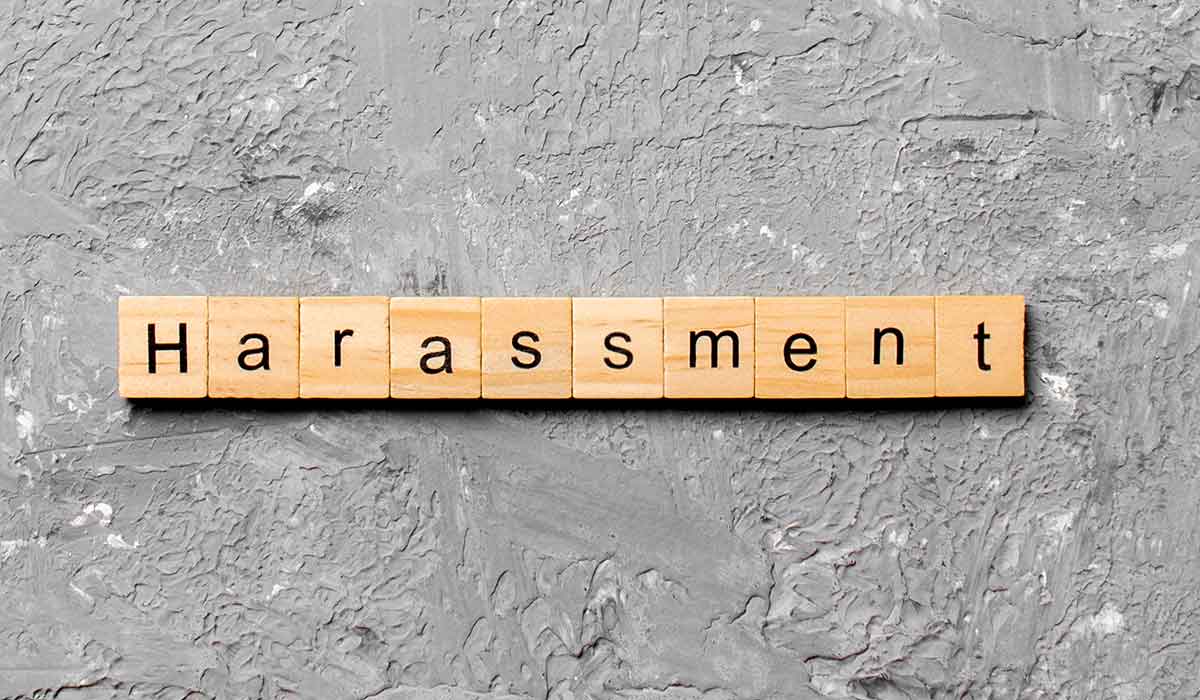What is Criminal Harassment?
In 1993, the Government introduced section 264 of the Criminal Code intended to penalize conduct commonly known as stalking which is now referred to as criminal harassment. The maximum punishment available for this offense is 10 years imprisonment. What may be even worse though is the stigma associated with this offense. People usually view stalkers as creepy, sick individuals (potentially even serial killers or rapists).
The conduct which may give rise to this charge is very broad and includes: (a) repeatedly following from place to place the other person or anyone known to them; (b) repeatedly communicating with, either directly or indirectly, the other person or anyone is known to them; (c) besetting or watching the dwelling-house, or place where the other person or anyone is known to them, resides, works, carries on business or happens to be; or (d) engaging in threatening conduct directed at the other person or any member of their family. It is important to note that the types of behavior listed above would not constitute a crime if done with “lawful authority”. So if the police officer follows you from place to place because he investigates another crime does not mean that this officer is guilty of criminal harassment.
Another important aspect is that the types of conduct described above will not constitute criminal harassment unless engaged in by one person knowing that another person is harassed or recklessly as to whether the other person is harassed and also the conduct must cause that other person reasonably, in all the circumstances, to fear for their safety or the safety of anyone known to them. In other words, if you don’t know, or should know but don’t really care, that your repeated phone calls to your former girlfriend in hopes of getting back together are unwelcome and, in addition, reasonably cause her to fear for her safety, then you can be found guilty of criminal harassment.
What Does It Take to be Found Guilty?
Over the years, the Courts have interpreted the criminal harassment section to include the following seven defining factors for conviction:
- The accused must have engaged in one or more of the types of conduct set out in the section and, in so doing, the accused must have intended to harass the complainant, or was reckless as to whether the conduct did in fact harass the complainant, and the complainant, in all the circumstances, must have experienced “reasonable fear” as a result of the accused’s conduct;
- The Crown need not establish that the complainant was actually threatened or that any actual physical or mental injury was caused to the complainant as a result of the accused’s conduct;
- “Repeatedly” in reference to the prohibited conduct means “many times over”, specifically more than once or twice, and the circumstances of each case will determine whether an act has been “repeatedly” performed;
- “Safety” means more than just freedom from physical harm, it includes freedom from fear of mental, emotional, or psychological trauma;
- “Harassment” means the conduct must be unwelcome to the complainant and includes an element of tormenting the complainant;
- The test for reasonableness of fear for safety on the part of the complainant is whether a reasonable person, in the particular circumstances of the complainant, would fear for his or her safety or the safety of anyone known to them;
- In considering whether the complainant’s fears are reasonably held, the court must take into consideration the complainant’s gender, and the history and circumstances surrounding the prior relationship between the parties.
And How to Defend Against This Charge?
Any competent lawyer defending criminal harassment charge must turn his or her efforts at creating reasonable doubt as to whether (a) the conduct described in the section took place; (b) the accused acted with lawful authority; (c) the accused intended to harass the complainant or was reckless as to whether the complainant was harassed; and/or (d) the complainant was in fear for her safety or that of anyone known to her, or, if she was, the said fear was reasonable.
In the era of electronic communications, it becomes more and more difficult to deny the existence of repeated contact since more and more people use emails and text messaging which create a proof of such contact. On the other hand, the tone and content of the communications becomes also readily apparent and can often be used to discredit the claim of harassing nature of such communications.
Unfortunately, this charge is often used (or rather abused) by separated or former spouses, especially in custody and access battles. For example, the wife would first provoke the husband by denying him access to the parties’ child and later, after the husband contacts her time and again demanding visitation, turns to police “for help”.
Similarly, oftentimes in civil disputes, the would be defendants resort to criminal harassment complaints to discourage the would be plaintiffs from trying to pursue their civil claims. For example, I owe you money, you call and write to me demanding payment, I go to the police and tell them that I am scared and the rest is history.
That is why the context of the relationship between the parties prior to the charge is extremely important and it is just as important that your lawyer understands family and/or civil law principles and not just criminal law concepts when defending you against this charge.
